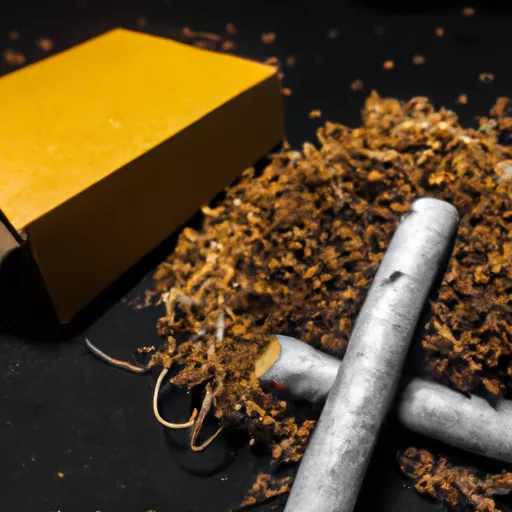between the acts little cigars

As a cigar enthusiast, I have always been intrigued by the world of tobacco and the different products that arise from it. One particular type of tobacco product that has caught my attention in recent years is little cigars. These miniature versions of cigars have sparked a lot of debate and controversy in the tobacco industry, but for someone like me, they are a fascinating addition to the cigar world.
So, what exactly are little cigars? Similar to regular cigars, little cigars are made from a blend of cured and fermented tobacco leaves that are rolled into a small, cylindrical shape. The main difference between the two is the size – little cigars are typically smaller in length and diameter compared to their larger counterparts. This makes them easier to smoke and a more affordable option for cigar enthusiasts.
One of the biggest misconceptions about little cigars is that they are the same as cigarettes. However, this is far from the truth. Little cigars may share some similarities with cigarettes in terms of size and nicotine content, but they are still considered a different product. For one, little cigars are made from whole leaf tobacco, whereas cigarettes are made from scraps and by-products of the tobacco industry. Little cigars also go through a fermentation process, giving them a richer and more complex flavor profile compared to cigarettes.
Now, you may be wondering, if they’re not cigarettes, why are little cigars often associated with them? Well, this can be traced back to their packaging and labeling. Little cigars are often packaged in a similar way to cigarettes, with a filter at the end and usually sold in a pack of 20. This has led to confusion and has also made them more accessible to the general public, including minors.
In recent years, there has been a rise in the popularity of little cigars, particularly among young adults. This can be attributed to the fact that they are available in a variety of flavors, from traditional tobacco to more unconventional options like cherry and vanilla. These flavors, along with their convenient size and lower cost, have made little cigars a popular choice among those looking for an alternative to cigarettes or a more affordable option to regular cigars.
But with this rise in popularity comes a concern for public health. Little cigars may be marketed as a cheaper and “safer” alternative to cigarettes, but the truth is that they still pose a significant health risk. Due to their size and packaging, people may wrongly assume that they are smoking cigarettes and thus, consume them in large quantities. This increasing consumption of little cigars can have detrimental effects on one’s health, including an increased risk of nicotine addiction and respiratory diseases.
There has also been criticism regarding the types of flavors available for little cigars. Many argue that these flavored little cigars are specifically marketed towards younger people, making them more appealing and increasing the likelihood of them trying and getting hooked on tobacco products. This has led to calls for stricter regulations and restrictions on flavored little cigars in order to protect the youth from the harmful effects of tobacco use.
But little cigars are not solely used for recreational purposes. Just like regular cigars, they are also smoked for their taste and aroma. Some cigar enthusiasts even argue that little cigars can offer a similar experience to larger cigars, just in a more convenient and portable form. Little cigars are also a popular choice among those who are new to the world of cigars, as they provide a less intimidating option to ease into the hobby.
In terms of the production of little cigars, the process is similar to that of regular cigars but on a smaller scale. Manufacturers use a combination of natural and artificial methods to flavor the tobacco leaves, such as infusing them with essential oils or spraying them with flavorings. The leaves are then blended together and rolled into thin layers of tobacco, depending on the desired strength and flavor. The end result is a small, flavored cigar that is ready to be enjoyed.
As with any industry, there are always debates and controversies surrounding little cigars. Some argue that they should be regulated and taxed the same as cigarettes, while others believe that they should be considered a separate product and taxed accordingly. There are also concerns about the potential marketing to minors and the impact on public health.
But as a cigar enthusiast, I see the value and appeal of little cigars. They offer a convenient and more affordable option for those who enjoy the taste and experience of a cigar, without breaking the bank. However, I do believe that more regulation and education is needed to ensure their responsible consumption and to protect the youth from the harmful effects of tobacco use.
In conclusion, little cigars may be small in size, but they are definitely making a big impact in the tobacco industry. They offer a unique and accessible option for cigar enthusiasts, but also raise concerns about public health and responsible consumption. Despite the debates surrounding them, little cigars continue to thrive and have become a staple in the cigar world. Whether you love them or hate them, one thing is for sure – they are here to stay.